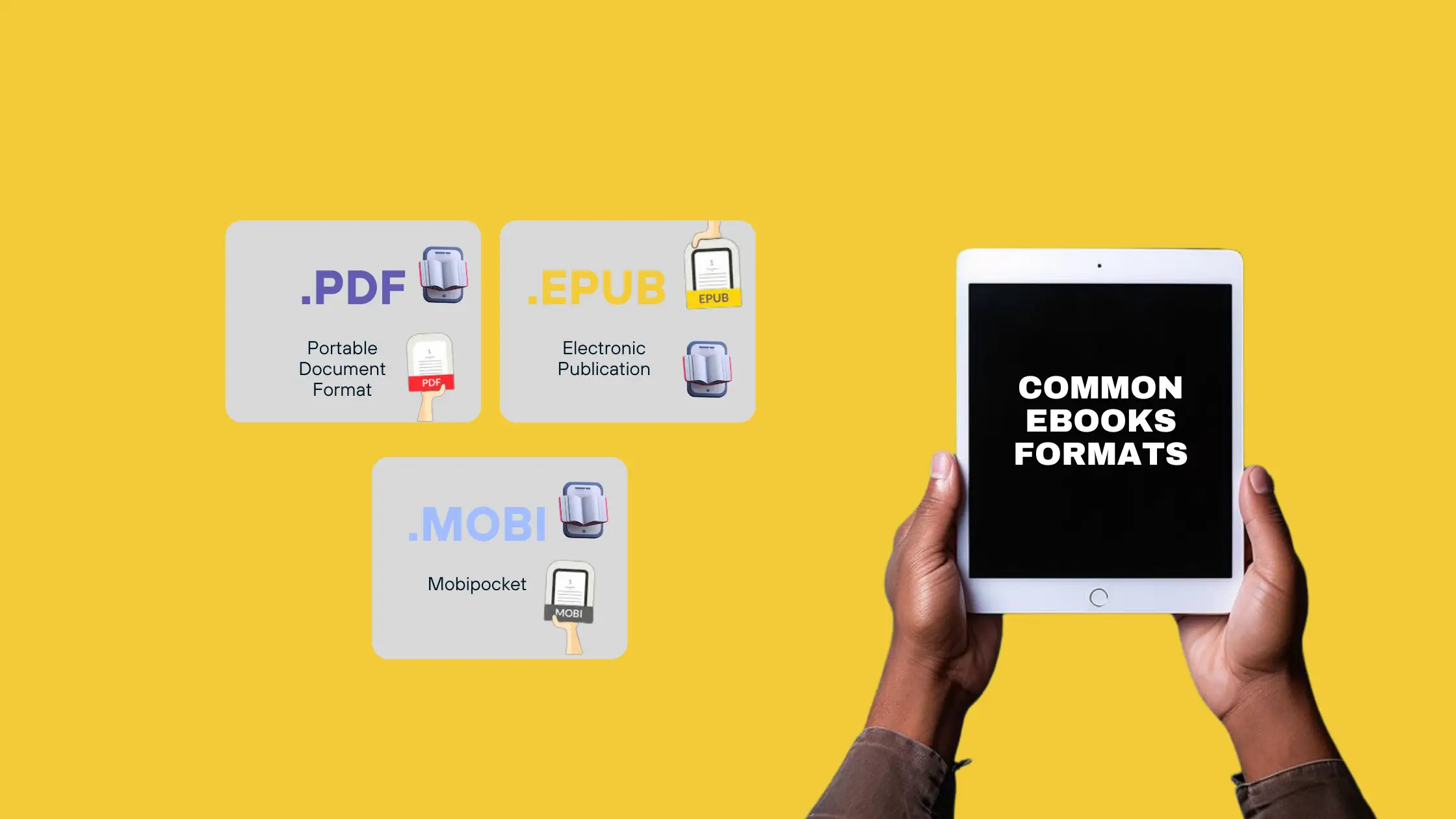Ebooks have revolutionized the way people read and access literature, serving an ever-growing audience of tech-savvy readers. Among the many digital and common ebook formats available, a handful stand out as the most commonly used by both publishers and reading devices. These include the EPUB format, Amazon’s Kindle formats, and the PDF. Each of these formats has been developed to cater to the diverse needs of readers and the various devices they use.
The EPUB format, short for electronic publication, is widely supported and known for its reflowable content, meaning the text can be optimized for the specific display device. On the other hand, Amazon’s MOBI and more recent AZW formats are designed primarily for use on Kindle devices, often showcasing features like text-to-speech and enhanced navigation. Lastly, PDFs are renowned for preserving the formatting of the original document, making them ideal for documents that require precise layout and design.
Understanding the distinct features of these formats is critical for both publishers, who must choose the right format to reach their audience, and readers, who seek optimal compatibility and reading experience. While each format has its advantages, the choice often depends on personal preference, the reading device, and the type of content being consumed.
Common Ebook Formats
The ebook market is diverse, with several prominent formats that cater to different devices and reading preferences.
EPUB
EPUB, which stands for Electronic Publication, is a widely accepted ebook format due to its reflowable content, meaning it can adjust text to fit the screen size of various devices. This format is particularly favored for its compatibility with a range of e-reader devices, excluding the Amazon Kindle.
MOBI
MOBI is an ebook format initially used by MobiPocket Reader but gained significant popularity when Amazon acquired it. Although newer Kindle devices use the AZW format, MOBI files are still recognized, making it a staple in ebook libraries for Kindle users.
Portable Document Format (PDF) is known for preserving the layout and formatting of the original document, making it ideal for ebooks that rely heavily on graphic and layout integrity, such as illustrated works or technical documents. However, PDFs are not reflowable like EPUB and MOBI, which can make them less user-friendly on small screens.
Device Compatibility
Ebook formats vary, and not all are compatible with every device. The following outlines the common compatibilities for various reading platforms.
E-Readers
Kindle devices primarily support .mobi and .azw formats, with newer models also offering support for .pdf and .docx. The Nook from Barnes & Noble, on the other hand, is compatible with .epub, .pdf, and .bmp files, amongst others.
Computers
Computers show versatility, as they can handle nearly all ebook formats through different software. Adobe Digital Editions, for example, can read .epub files, while Amazon’s Kindle for PC application allows for the reading of Kindle-specific formats on a computer.
Smartphones and Tablets
Both Android and iOS platforms support a range of ebook formats. The iBooks app on iOS devices can open .epub and .pdf files. Android devices offer similar compatibility with apps like Google Play Books, which reads .epub and .pdf files among others. Third-party apps further extend the number of readable formats on these devices.
Format Features
Common ebook formats offer a variety of features designed to enhance the reading experience. These features include the ability to adjust text size, multimedia content, and interactive elements.
Text Resizing and Reflow
Ebook formats allow the reader to resize text according to their preference. This is essential for ensuring readability across different devices, from e-readers to smartphones. The reflow feature ensures that when the text size changes, the content adapts to fit the screen without compromising the layout or readability.
Support for Text Resizing:
- EPUB: Supported
- MOBI: Supported
- PDF: Limited support, can zoom in but may require scrolling
Content Reflow Capabilities:
- EPUB: Excellent reflow capabilities
- MOBI: Good reflow, but can vary depending on the device
- PDF: Poor; primarily fixed-layout
Multimedia Integration
Ebooks can incorporate various multimedia elements such as images, audio, and video. These elements can greatly enhance storytelling and educational materials.
Multimedia Support by Format:
- EPUB: Extensive support for images, audio, and video
- MOBI: Supports images; audio and video are less common
- PDF: Supports images; audio and video possible but not as seamless
Interactivity
Interactivity in ebooks can engage readers at a deeper level. Features like hyperlinks, annotations, and interactive quizzes can transform the reading experience.
Interactive Features:
- EPUB: Extensive support for images, audio, and video
- MOBI: Supports images; audio and video are less common
- PDF: Supports images; audio and video possible but not as seamless
EPUB:
- Hyperlinks
- Footnotes
- Quizzes
- Annotations
MOBI:
- Hyperlinks
- Limited annotations
PDF:
- Hyperlinks
- Commenting and markup tools
Conversion and Creation Tools
The creation and conversion of ebooks require specific tools that cater to different formats like EPUB, MOBI, and PDF. These tools range from software applications that can be installed on a computer to online services that work within a web browser.
Software Applications
Several software applications assist in ebook conversion and creation. Calibre is an open-source ebook management tool that supports a wide array of formats. It allows users to convert ebooks to and from various formats such as EPUB, MOBI, and PDF.
- Adobe InDesign: Suitable for professional publishing, Adobe InDesign offers features for creating sophisticated ebooks with intricate layouts.
- Sigil: This is a WYSIWYG ebook editor that is particularly good for editing EPUB files.
Online Services
Online services provide a convenient platform for users to convert ebooks without the need to download any software.
- Zamzar: It supports multiple file types, allowing users to convert files up to a certain size for free.
- Online-Convert.com: This service offers conversion to and from a large array of formats, including EPUB, MOBI, and PDF, among others.
These tools are integral in producing and transforming ebooks into accessible formats for various devices and applications.


